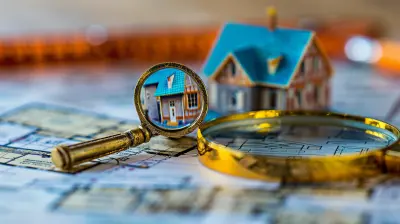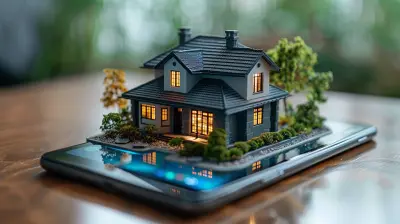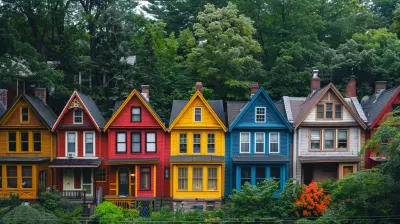How to Choose the Right Neighborhood for Your First Home
27 October 2025
So, you’re about to buy your very first home—cue the confetti 🎉! First of all, congrats! That’s a massive milestone. But let’s be honest here: choosing the right neighborhood can be just as crucial as picking the house itself.
Let’s face it, your house could be a Pinterest-perfect dream, but if the neighborhood doesn’t fit your vibe, it’s kind of like buying the world’s best pair of shoes... in the wrong size. Ouch.
So how do you avoid buyer's remorse and find a neighborhood that feels like home? Buckle up, future homeowner—we’re diving into all the juicy details you need to know before planting roots.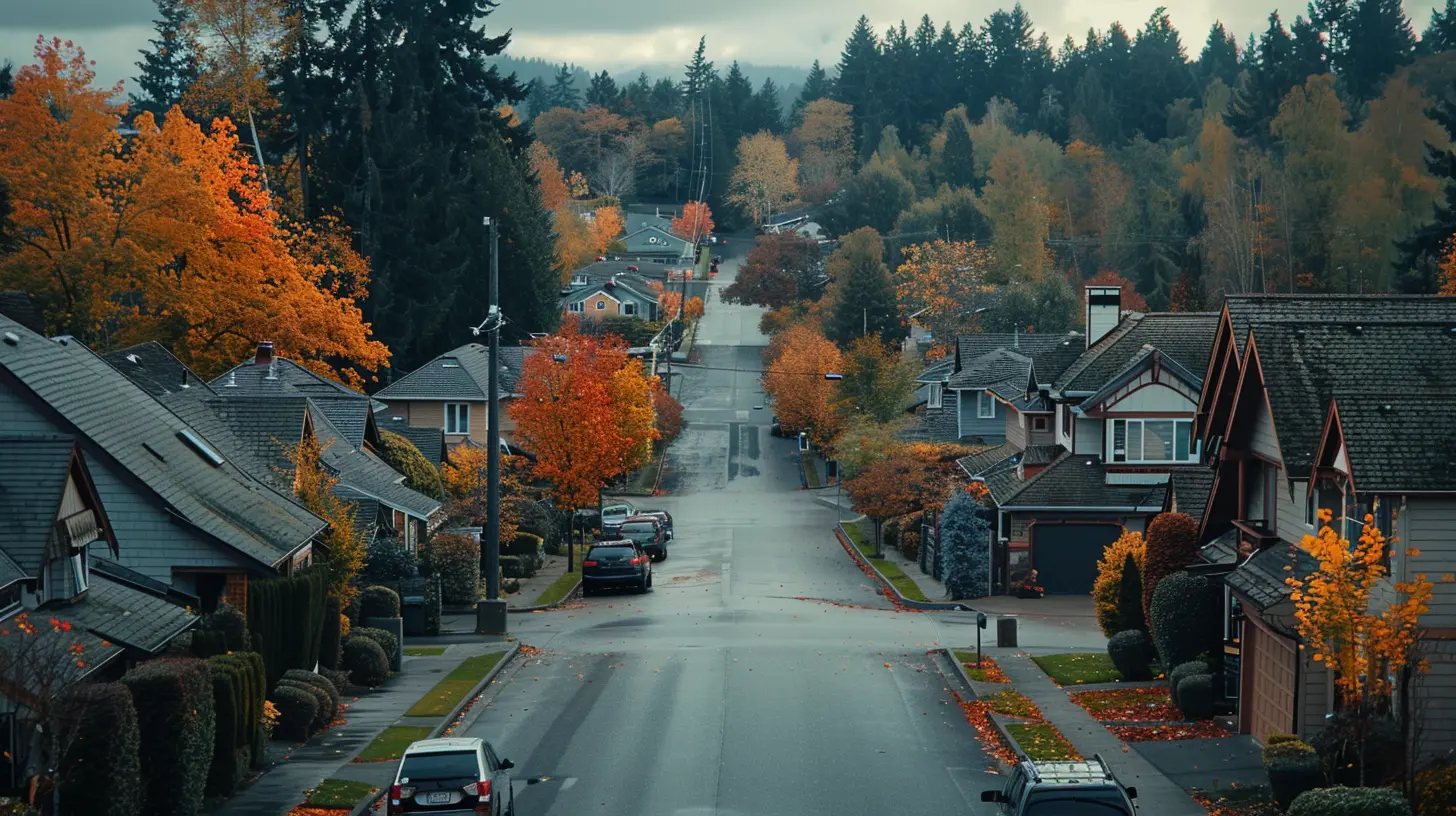
Why the Neighborhood Matters More Than You Think
Picture this: You move into your dream house. Gorgeous kitchen, perfect backyard, cozy bedrooms. But… there’s zero street parking, the nearest grocery store is 20 minutes away, and every night you're woken up by the neighbor's dog choir. 😩Sound like a nightmare? That’s why the neighborhood is everything. It impacts your lifestyle, your peace of mind, and yes, even your property value.
So how do you choose wisely? Let’s break it down.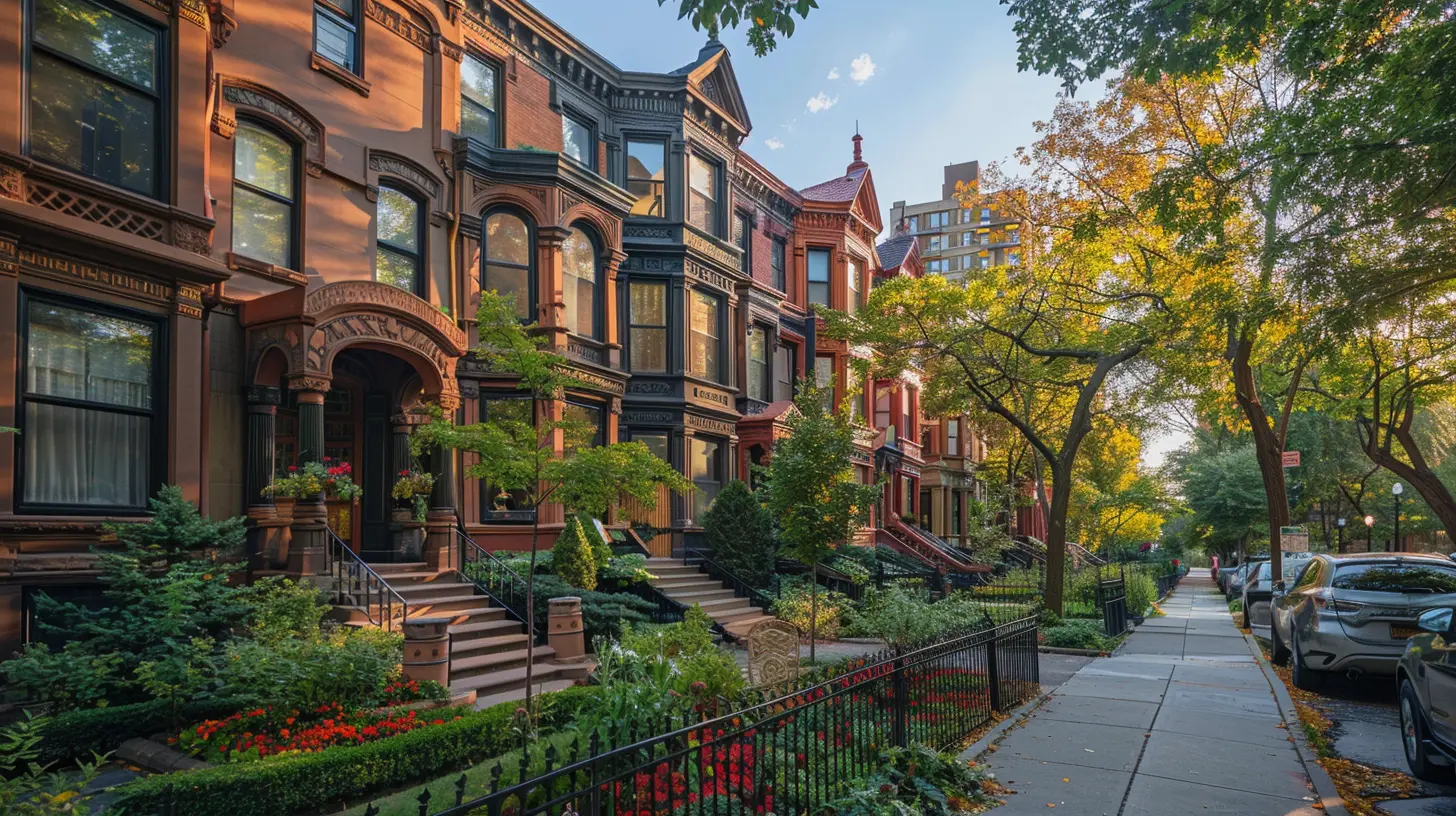
1. Know Thyself: Start With Your Lifestyle
Alright, let’s start with the you part of this equation. Ask yourself:- Do you want a buzzing city vibe or a peaceful suburb?
- Do you prefer walking to your favorite coffee shop or driving in peace and quiet?
- Is being close to work a must, or are you okay with commuting?
- Are schools a priority right now—or maybe in a few years?
It’s kind of like dating. You’ve got to know what you want before you commit. Your ideal neighborhood should complement your lifestyle, not compete with it.
Tip:
Make a two-column list. On one side, jot down your “must-haves.” On the other, your “nice-to-haves.” This will help you stay grounded when things get overwhelming. And they will get overwhelming.
2. Budget Like a Boss
Let’s be real, budget talks aren't as thrilling as house hunting on Zillow at 2 a.m. But this step is critical, folks.Neighborhoods vary wildly in cost—even just a few blocks apart. So research average home prices, property taxes, insurance rates, and homeowners association (HOA) fees (those sneaky little devils).
Don’t forget to leave a little wiggle room in your budget for unexpected expenses. No one wants to be house-rich and lifestyle-poor.
Pro Tip:
Use online tools like Redfin, Zillow, or Trulia to scope out price trends and compare neighborhoods. It’s like speed dating for real estate.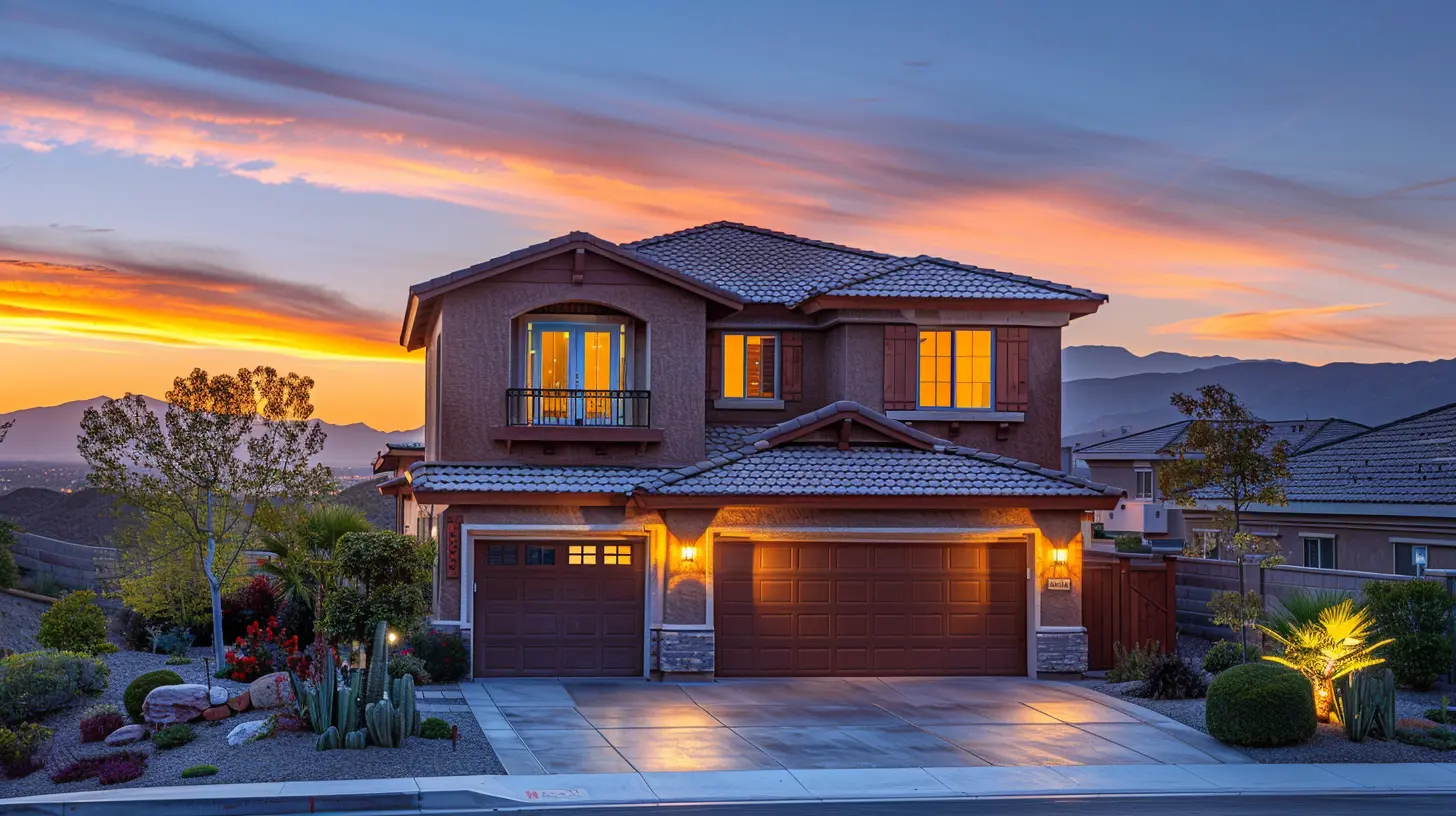
3. Check the Commute (Yes, Really)
We know, no one wants to dwell on traffic—but your commute can make or break your day-to-day sanity.Map out your daily routes. How far is work? The gym? Your favorite taco spot? Do a test drive during rush hour. Seriously, try it. You might discover your “dream neighborhood” takes 45 minutes of bumper-to-bumper to reach your dream job. Suddenly, not so dreamy.
Quick Hack:
Use Google Maps' “depart at” feature to simulate rush hour traffic. It’s like a crystal ball for your commute.4. Research the Local Vibe
Each neighborhood has its own personality. Some are lively and buzzing, others are quiet and family-oriented. Which one speaks your language?Things to Look For:
- Are the sidewalks busy or empty?- Do you see people walking dogs, playing with their kids, BBQing?
- Are there parks, coffee shops, or art galleries?
Spend time walking around at different hours. Morning, evening, weekend—get the full picture. Think of it like stalking your crush’s Instagram—only you're doing it in real life.
5. Safety First (No Exceptions)
This one’s a no-brainer. You want to feel safe in your home, right? Of course you do.Check local crime rates. Look for trends—don’t panic over one-off incidents. Apps like Nextdoor, SpotCrime, and NeighborhoodScout spill the tea on what’s really going on.
Also, trust your gut. If a place doesn’t feel right, it probably isn’t.
Red Flags:
- Graffiti or vandalism- Abandoned houses
- Lack of street lighting
- Barking dogs… at 2 a.m. (again with the dogs!)
6. School Districts Aren’t Just for Parents
Even if kids aren’t in the picture yet, don’t shrug off a neighborhood’s school system. Great schools = higher property values. It’s like real estate rocket fuel 🚀.Research public and private options. GreatSchools.org is a goldmine for this. You can also visit schools or chat with local parents in the community to get the real scoop.
7. Noise Levels Matter (A Lot)
Imagine buying a beautiful home… right under a flight path. Or next to a fire station. Or on a street that turns into a NASCAR track at night.Sound can be sneaky. Visit at different times to detect patterns. You’ll get a sense of whether that “quiet, peaceful vibe” is the real deal or just a well-timed illusion.
Quick Tip:
Leave your phone behind and just listen. What do you hear? Birds chirping? Kids playing? Or endless honking?8. Future-Proof Your Decision
Okay, you’re not psychic—obviously. But a little future planning won’t hurt.Ask this: Is the neighborhood growing? Are there new businesses setting up shop? Any development projects coming soon?
A growing area often means rising property values—and that’s pretty sweet if you're in it for the long haul.
Check city planning websites or attend a local townhall meeting. You’ll be surprised how much info is out there (and bonus: you look super smart asking these questions).
9. Chat With the Locals
Want to know what a neighborhood is really like? Don’t Google — talk!Chat with neighbors. Visit the local coffee shop. Check out community Facebook groups. Ask stuff like:
- "How long have you lived here?"
- "What do you love most about this area?"
- "Is there anything you’d change?"
People usually spill the truth when you least expect it. And those unfiltered opinions? Gold. Pure gold.
10. Trust Your Gut (Seriously)
At the end of the day, no amount of data, spreadsheets, or maps can replace your gut feeling.Sometimes, you’ll walk down a street and just know. It clicks. It feels right. Like finding the perfect pair of jeans on the first try (which, let’s be honest, never happens).
So listen to that inner voice. It knows what’s up.
Bonus Round: Red Flags to Watch Out For
Just in case you need a cheat sheet, here are some warning signs that a “dream neighborhood” might be more of a nightmare:- Empty storefronts or businesses constantly closing
- Unkempt lawns and properties
- Trash or litter in public spaces
- No one around in the evenings (ghost town vibes)
- Too many houses for sale or rent (instability alert)
These aren’t always deal breakers, but they’re worth a second look.
Final Thoughts: Home Is Where Your Heart (and Sanity) Is
Buying your first home is a wild ride—but choosing the right neighborhood? That’s where the magic happens. It’s not just about square footage and countertops. It’s about morning walks, friendly neighbors, Friday night pizza spots, and Sunday strolls through the park.Take your time. Do your homework. And listen to your gut. Because the right neighborhood doesn’t just house your life—it enhances it.
Happy house hunting, future homeowner! 🏡✨ You got this.
all images in this post were generated using AI tools
Category:
First Time Home BuyersAuthor:

Elsa McLaurin
Discussion
rate this article
1 comments
Odessa McGuffin
Choosing a neighborhood is like dating—trust your instincts, know what you want, and don’t settle for less. Life’s too short to live in a ‘meh’ location. Get it right!
October 28, 2025 at 5:10 AM

Elsa McLaurin
Absolutely! Just like in dating, finding the perfect neighborhood requires intuition and clarity about your desires. Don’t compromise—your home should truly resonate with you!
